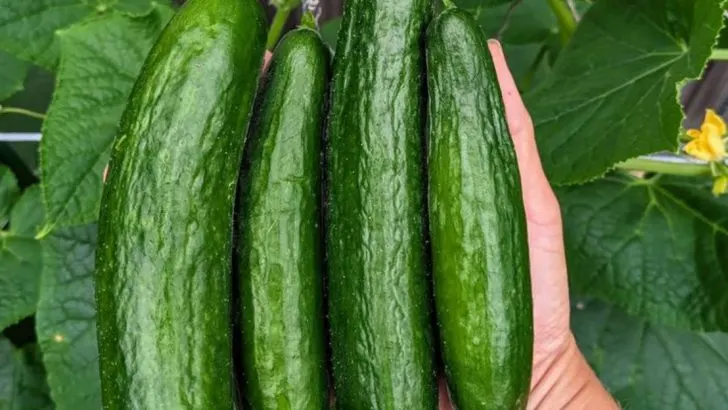Neat rows may look orderly, but they’re not always what your plants want. Many vegetables and herbs actually grow stronger and produce more when planted in a scattered or mixed pattern—just like they would in nature.
This approach not only maximizes space but also helps with pest control, soil health, and water retention. By breaking free from rigid planting lines, you create a more resilient and dynamic garden where plants support each other.
In this article, you’ll discover 12 vegetables and 6 herbs that thrive when grown in a scattered layout—perfect for gardeners ready to ditch the rows and let their garden grow wild and abundant.
Tomatoes

Tomato plants, when allowed to sprawl in a scattered fashion, often yield juicier and more flavorful fruits. This method mimics their natural tendency to spread and intertwine. When not confined to straight lines, tomatoes benefit from improved air circulation, reducing the risk of diseases.
Scattered planting also allows for easier access to sunlight at various angles, promoting even ripening. This approach invites pollinators and beneficial insects, fostering a healthier ecosystem.
Try scattering basil nearby to enhance both flavor and growth, harnessing the power of companion planting.
Zucchini
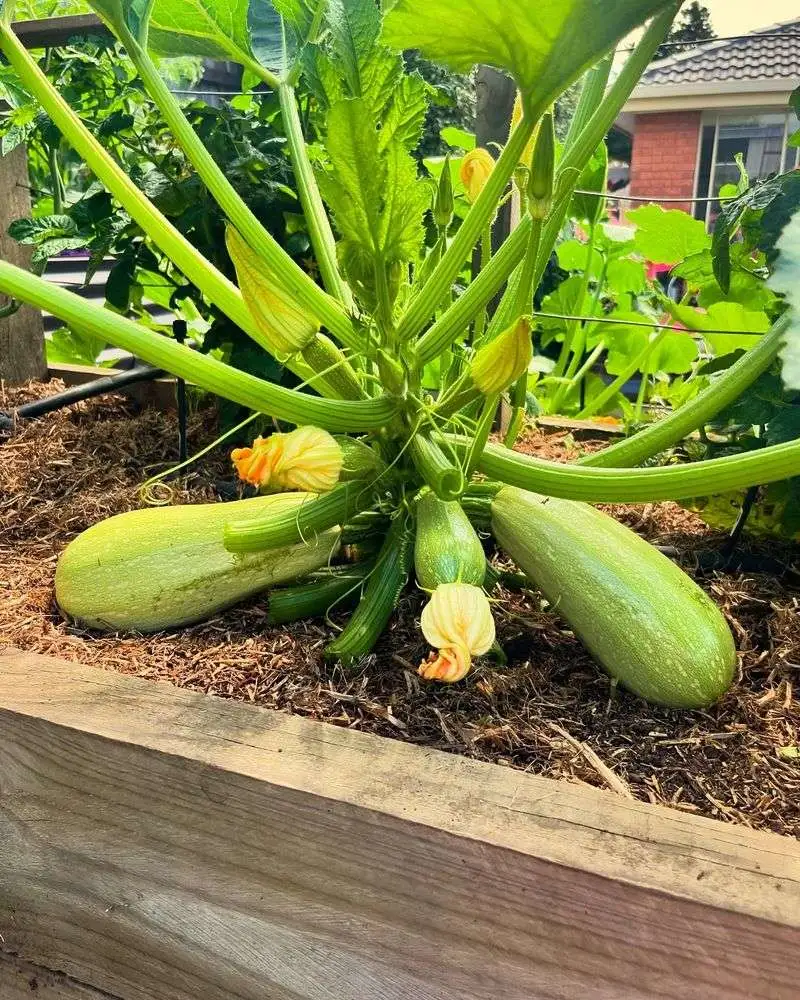
Zucchinis thrive in a less structured garden environment. Their large leaves and sprawling habit benefit from the space and air circulation that scattered planting provides.
This approach can prevent powdery mildew and other fungal diseases. By allowing zucchini to wander, gardeners often find increased yields and healthier plants.
Additionally, this method can create a dynamic visual effect, with zucchini flowers adding bursts of yellow amidst the greenery. Pair zucchinis with marigolds for natural pest control, enhancing the vitality of your garden space.
Cucumbers
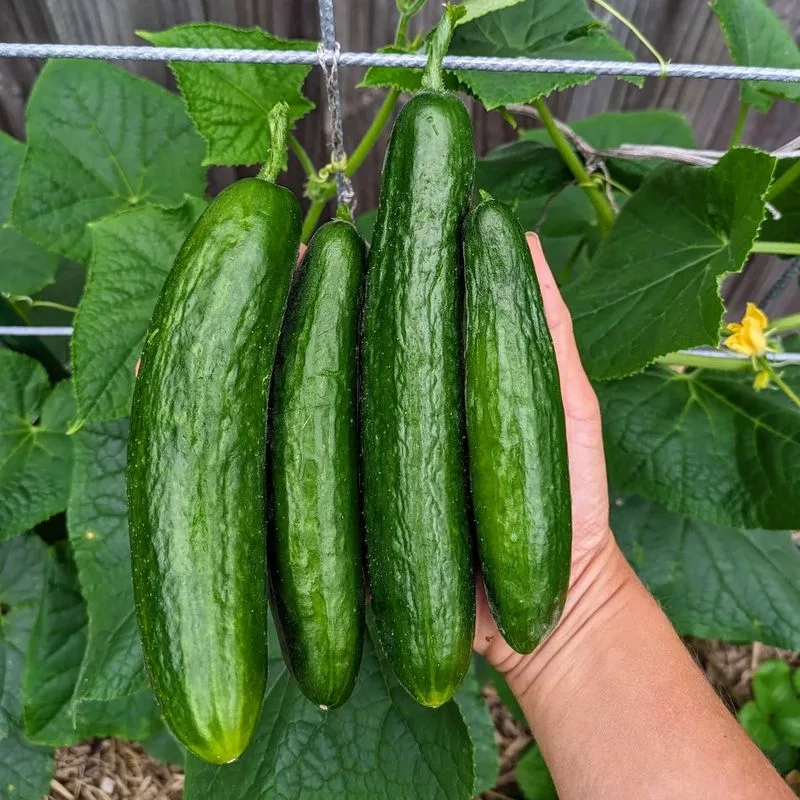
Cucumber vines naturally prefer to ramble, making them ideal candidates for scattered planting. This method provides ample room for growth and reduces stress on the plants.
With improved air flow and sunlight exposure, cucumbers grown this way often exhibit robust health and higher fruit production.
The scattered layout also allows gardeners to easily interplant with herbs like dill, which can deter pests and enhance flavor. The buzzing of bees is a common serenade in such a setup, ensuring effective pollination and a thriving garden.
Pumpkins

Pumpkins are synonymous with sprawling growth, making them perfect for a scattered planting strategy. This allows them to extend their vines comfortably, resulting in larger and more plentiful pumpkins.
The scattered approach also encourages better soil health, as it reduces compaction and promotes natural nutrient cycling. Pumpkins love to intermingle with corn, a classic companion that shares similar growing needs.
Such a garden setup not only boosts yield but also creates a picturesque autumn scene as pumpkins mature, turning the garden into a vibrant harvest display.
Carrots

Carrots benefit greatly from scattered planting, as it allows them to avoid competition for nutrients and space. This method helps achieve straight and robust roots.
By not adhering to rigid rows, gardeners can mix in companion plants like marigolds, which deter pests and enhance carrot growth. This complementary planting fosters a balanced ecosystem, leading to more vibrant carrots.
With this strategy, the garden becomes a tapestry of colors and textures, each element supporting the next in a dance of growth and vitality.
Radishes

Radishes flourish when planted in a scattered fashion. This approach allows them to mature more evenly, as they have ample space to develop without competing for resources.
The scattered layout also simplifies harvesting, making it easy to pick them at various stages of growth for a continuous supply. Radishes enjoy the company of lettuce, which can benefit from the radish’s ability to deter certain insects.
By growing these two together, you create a synergy that enhances the health and yield of both crops, while adding diversity to your garden.
Peas
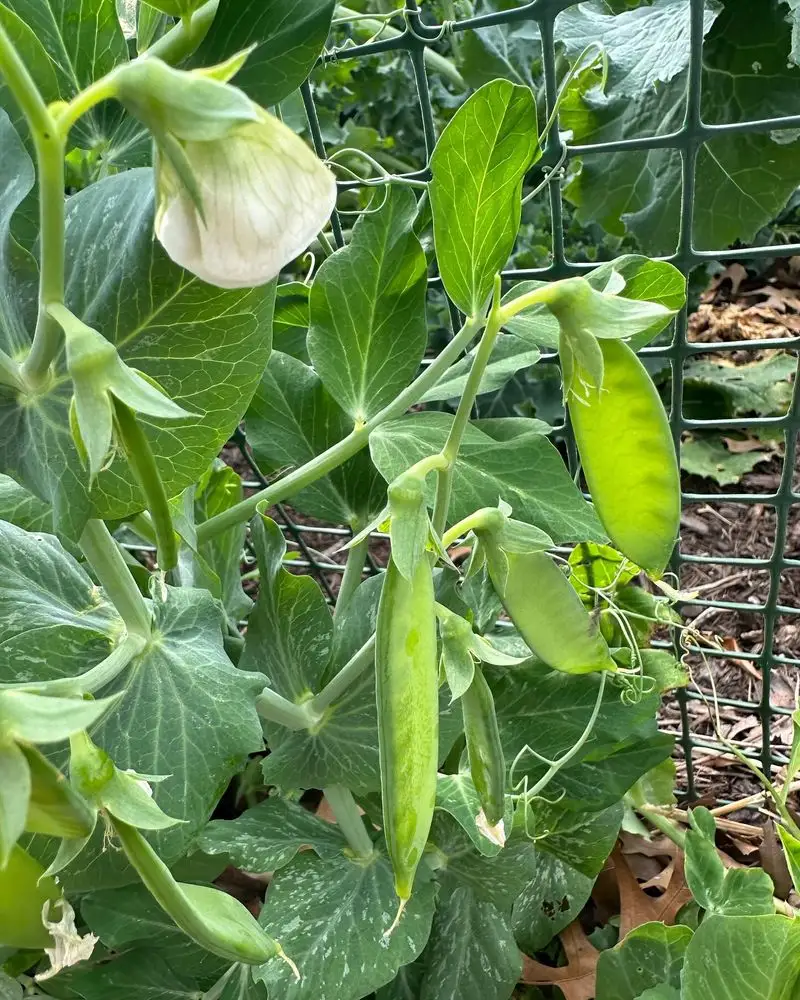
Peas thrive in a scattered planting setup, where they can climb and explore freely. This method supports their natural tendency to latch onto nearby structures, promoting vertical growth.
Scattered peas benefit from increased sunlight penetration and improved air circulation, reducing disease risk. This style of planting invites beneficial insects and creates a lively garden environment.
Interplanting peas with mint can enhance their growth, as mint repels pests that may otherwise harm tender pea shoots. Together, they create a harmonious and productive garden area.
Lettuce

Lettuce enjoys the freedom of scattered planting, which allows it to spread its leaves and soak up sunlight from all angles. This method prevents overcrowding, reducing the likelihood of diseases.
A scattered lettuce garden offers continuous harvest potential, as leaves can be picked individually or in bunches. Interplanting with chives can enhance both flavor and natural pest resistance, promoting healthier growth.
This diverse planting setup transforms your garden into a vibrant salad patch, teeming with color, texture, and fresh flavors.
Spinach

Scattered planting suits spinach perfectly, allowing its leaves to expand and capture sunlight efficiently. This method provides ample air flow, reducing the risk of fungal diseases.
By scattering spinach, you also create room for companion plants like strawberries, which can benefit from mutual shade and pest deterrence. This combination enhances both yield and flavor.
The result is a garden bursting with vitality, where spinach leaves can be harvested continuously, providing a fresh and nutritious addition to your meals.
Beets
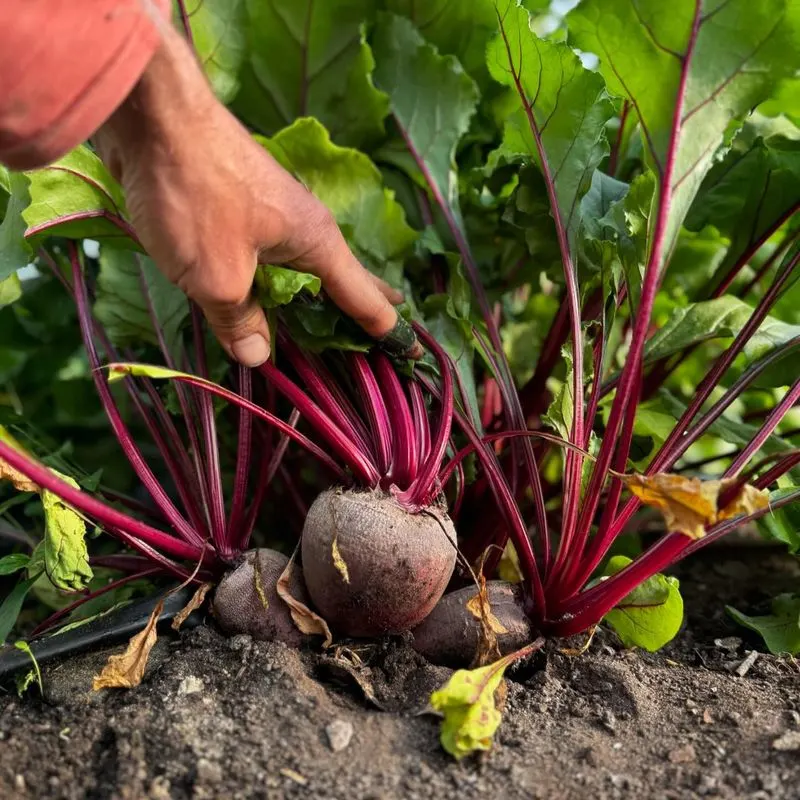
Beets flourish when allowed to grow in a scattered fashion, as it enables the roots to develop fully without competition. This approach encourages uniformity and a sweeter taste.
Scattered planting improves soil aeration and nutrient availability, leading to healthier plants. Incorporating garlic as a companion can enhance beet growth by deterring pests and diseases.
This dynamic garden setup not only boosts beet yields but also adds a striking visual element with its contrast of colors and textures, creating an inviting garden space for all to enjoy.
Swiss Chard
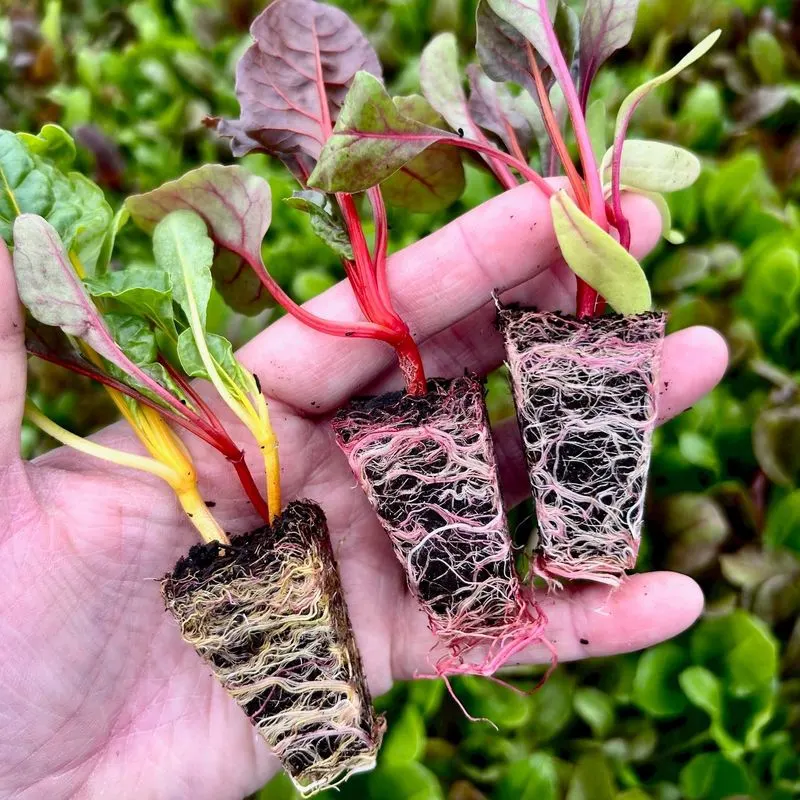
Swiss chard, with its vibrant stems and lush leaves, thrives in a scattered garden. This planting style allows it to access sunlight and nutrients evenly, promoting robust growth.
Scattered planting also helps maintain soil moisture and temperature, essential for chard’s health. Pairing it with onions can deter pests and enhance flavor, creating a symbiotic relationship.
Such a garden setup not only enriches your harvest but also adds a splash of color and vitality, making Swiss chard both a practical and ornamental choice for any gardener.
Kale
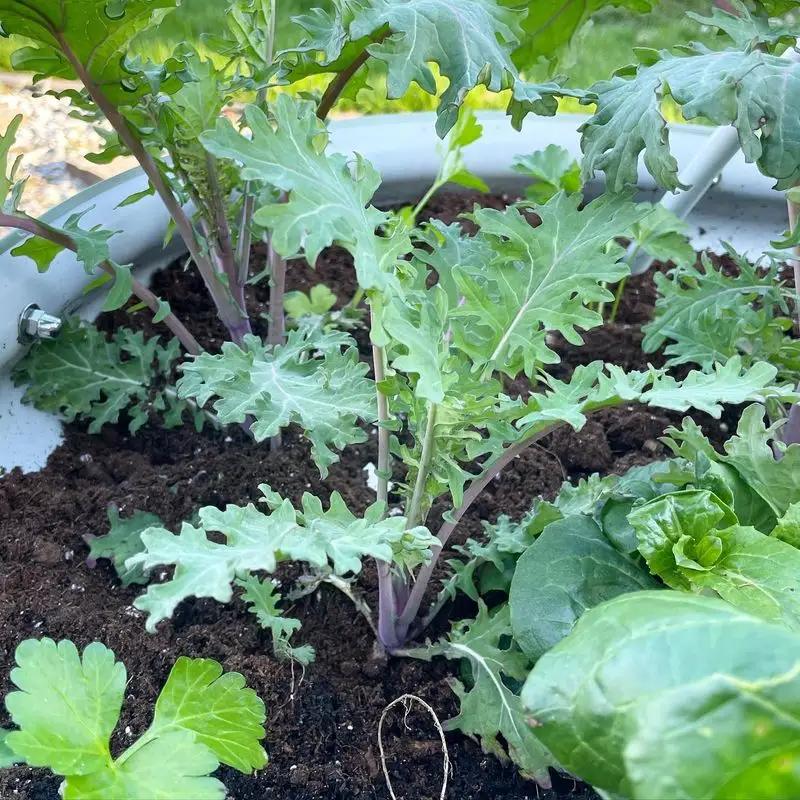
Kale’s hearty leaves and deep green hues benefit from a scattered planting approach. This method allows it to receive optimal sunlight and air flow, crucial for preventing common diseases.
Scattered kale often produces more tender leaves, ideal for salads and cooking. Companion planting with nasturtiums can enhance growth and deter pests, adding a touch of beauty as well.
This harmonious arrangement creates a vibrant garden area, where kale thrives alongside friendly plant neighbors, offering a continuous supply of nutritious greens.
Basil
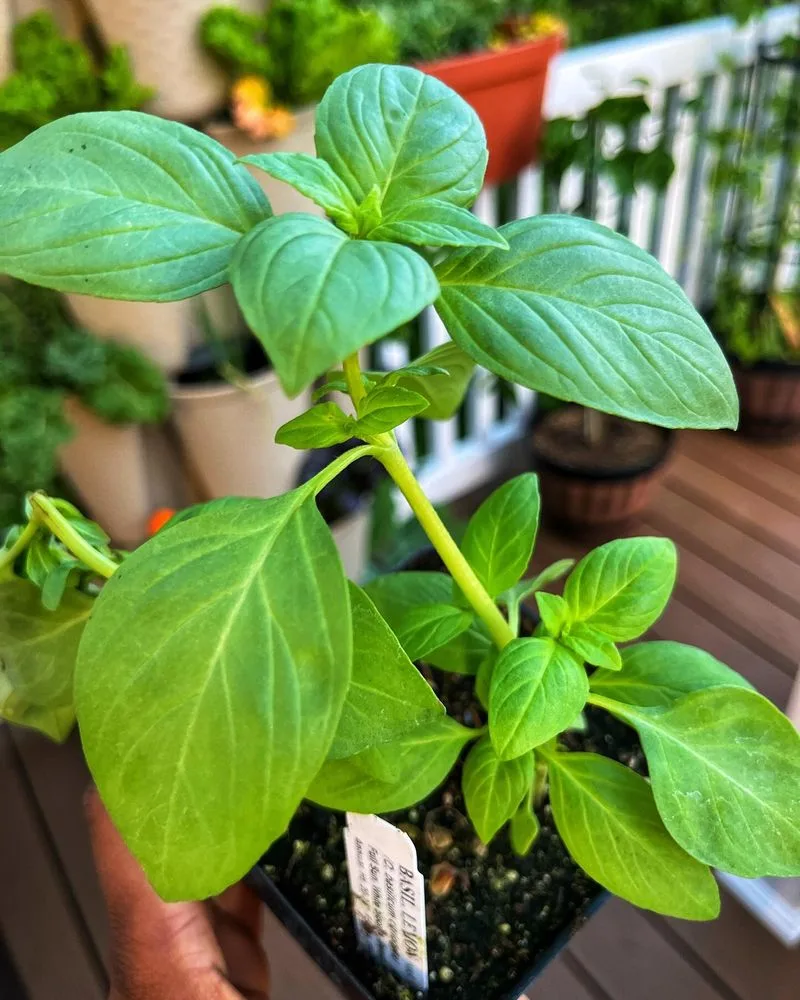
Basil thrives when planted in a scattered manner, allowing its aromatic leaves to spread and soak in sunlight. This approach improves air flow, reducing the risk of fungal issues.
Scattered basil invites pollinators, enhancing seed production and overall vitality. Pairing it with tomatoes can boost both flavor and growth, creating a classic garden duo.
This setup not only enriches your culinary endeavors but also adds a fragrant and delightful element to your garden, making basil a must-have for every garden enthusiast.
Mint

Mint’s vigorous growth is well-suited to scattered planting, which prevents it from overtaking the garden. This method allows it to thrive without overwhelming nearby plants.
Scattered mint enhances garden diversity, attracting beneficial insects and deterring pests. Its refreshing scent and flavor make it a versatile addition to any garden space.
Pair mint with peas to create a symbiotic relationship, enhancing growth and flavor. This scattered setup brings a refreshing and vibrant touch to your garden, perfect for culinary and herbal uses.
Cilantro
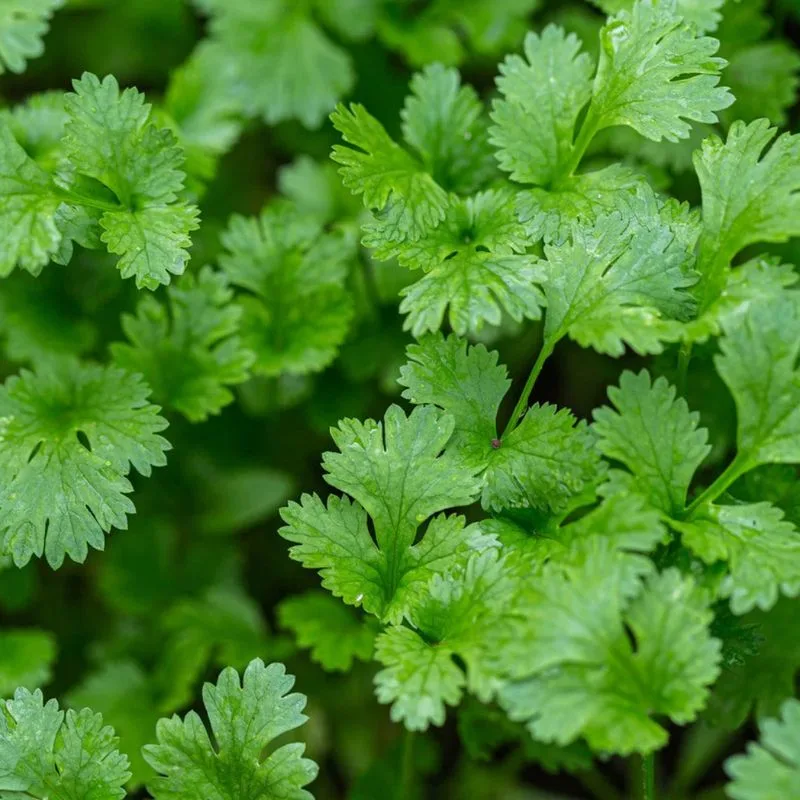
Cilantro’s feathery foliage benefits from scattered planting, which allows it to develop fully and reduces bolting. This method ensures a continuous, fresh supply of leaves.
Scattered cilantro enhances air circulation, lowering the risk of common pests and diseases. Companion planting with tomatoes can improve both growth and flavor, creating a harmonious garden space.
This setup not only boosts your herb harvest but also adds a unique and aromatic flavor to your dishes, making cilantro a valued garden addition.
Thyme
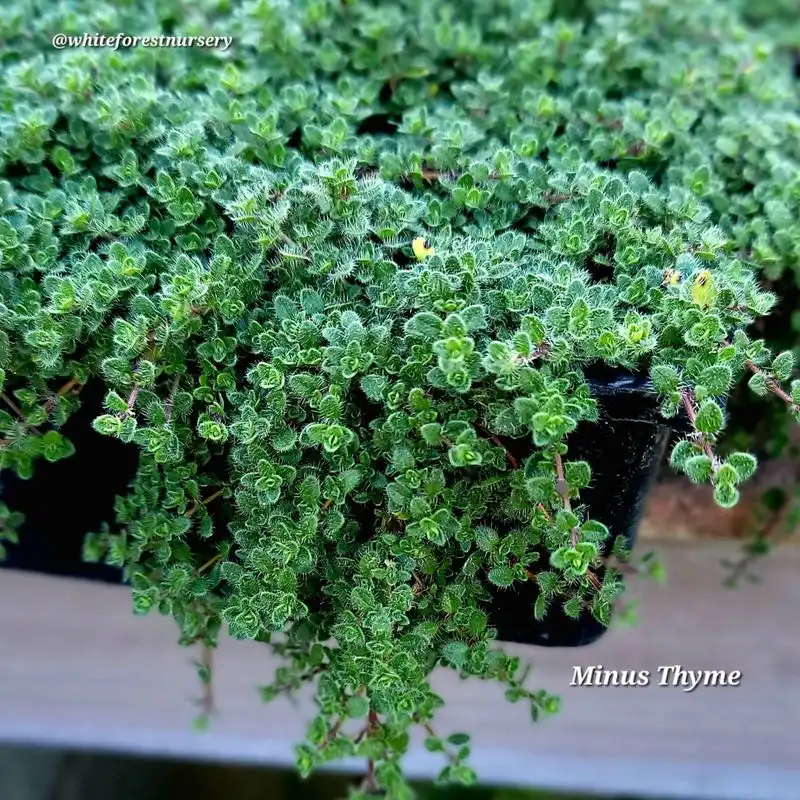
Thyme, known for its aromatic qualities, thrives when planted in a scattered manner. This setup mimics thyme’s natural habitat, promoting healthy and robust growth.
Scattered thyme benefits from improved air flow and sunlight exposure, enhancing its essential oil production. It acts as a natural pest deterrent, making it a valuable companion for many vegetables.
Pair thyme with cabbage to boost growth and flavor, creating a productive and aromatic garden area. This arrangement ensures a continuous supply of fresh herbs for culinary uses.
Oregano
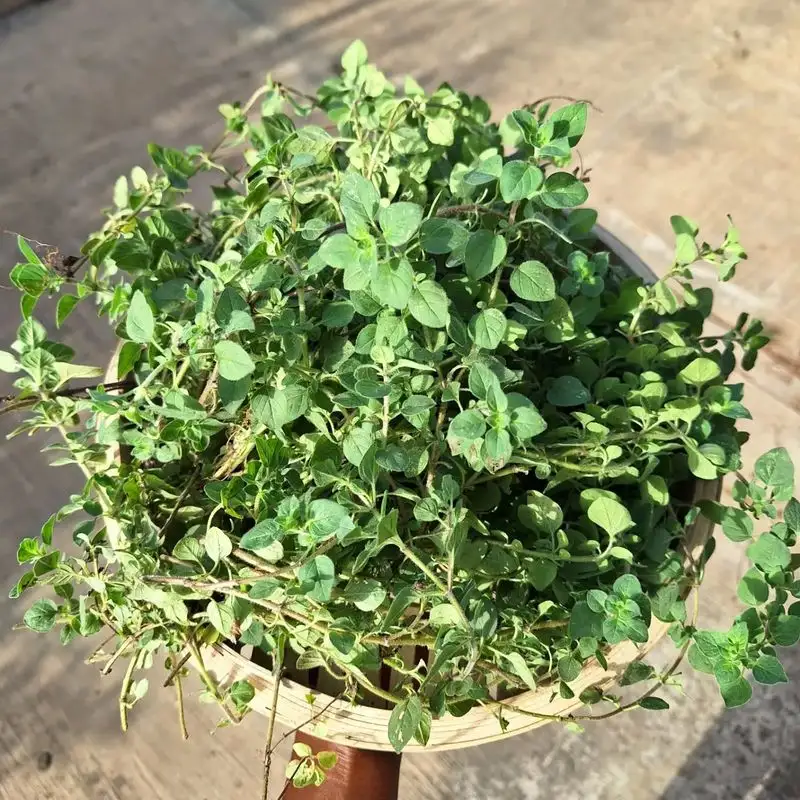
Oregano’s hardy nature makes it well-suited for scattered planting. This method allows it to spread naturally, enhancing both flavor and growth.
Scattered oregano contributes to a diverse garden ecosystem, attracting pollinators and deterring pests. Its aromatic leaves are a staple in many culinary dishes, offering both visual and sensory appeal.
Combine oregano with peppers for a mutually beneficial relationship, increasing yield and flavor. This scattered approach not only enriches your garden but also provides a flavorful addition to your kitchen.
Parsley
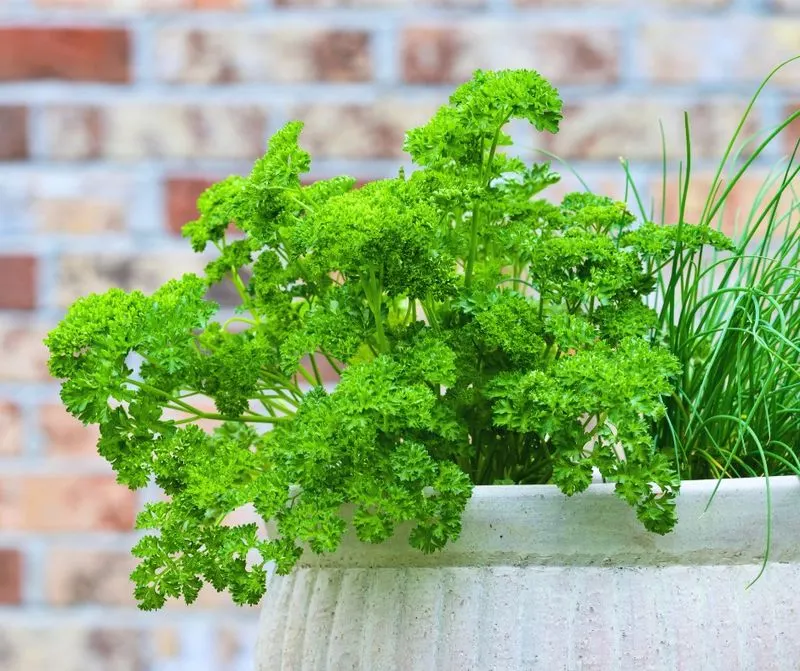
Parsley, with its vibrant and curly leaves, finds freedom in scattered planting. This method allows for balanced growth, reducing competition and enhancing air flow.
Scattered parsley thrives alongside flowers like marigolds, which can deter pests and improve growth. This pairing creates a garden full of life and color, boosting both yield and health.
This approach not only enriches your harvest but also adds a fresh and vibrant element to your garden, making parsley a versatile choice for both culinary and ornamental purposes.

